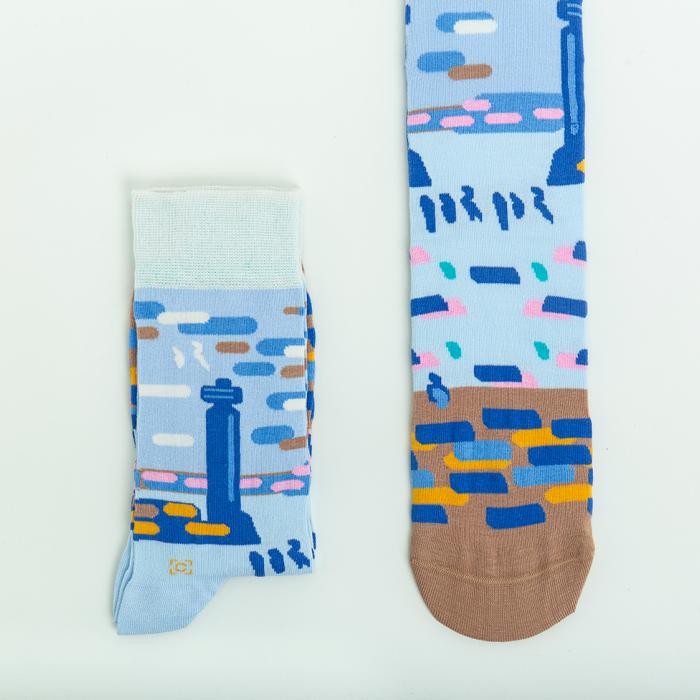Transcript
Hi, I’m Meg and I am a volunteer tour guide for the Bridging Binaries LGBTQ+ tours at the Whipple Museum.
If you’re standing in front of the Medicine cabinet, you should be able to see a range of objects on the bottom shelf that were used for teaching medical students in the 19th and 20th centuries. There’s a model of the human head, showing the muscle and the skull (and a very spooky eyeball), there’s a wooden cabinet of materia medica (which is another term for healing substances). There’s also a booklet from 1900 showing the anatomy of the female body.
This booklet is unusual in its focus on the female body. In the nineteenth century, the vast majority of medical students were men, and their anatomy textbooks and models almost always showed diagrams of the male body as the default. The Whipple actually holds the male equivalent of this booklet in its collections, but that copy does not have (Male) in brackets like this one has (Female) in brackets – it was assumed that the male body was the norm, and the female body deviated from this norm. This had serious implications for the way male doctors treated women’s health, but it also impacted their attitudes towards early women doctors.
For example, when Sophia Jex Blake started at Edinburgh Medical School in 1869, it did not go down well with the male students. She was one of the ‘Edinburgh Seven’, the first group of women to be officially enrolled into any British university. Their presence at the University caused a riot in 1870 when 200 men physically prevented the group from sitting an anatomy exam.
Despite this resistance, Sophia Jex Blake became the first practicing doctor in Scotland and one of the first in the UK. She later set up medical schools in London and Edinburgh for training women; and was an advocate and campaigner for medical education for women.
She is thought to have been in a romantic relationship with Dr Margaret Todd; who trained at Jex Blake’s medical school for Women and became a doctor herself. They lived together in the Edinburgh Hospital and Dispensary for Women and Children, and then when Jex Blake retired, she and Todd moved to a farm called Windydene, in the village of Rotherfield. After Jex Blake’s death in 1912, Todd wrote a biography ‘The Life of Dr Sophia Jex Blake’, lovingly describing her partner’s career and the ‘intimate daily companionship’ of their retirement together.
Though she could not write candidly about their relationship due to the stigma of homosexuality at the time, it is important that we don’t dismiss it for lack of evidence. For centuries, queer relationships have been deliberately removed and omitted from the archival record, leaving silences and gaps in our historical knowledge, so clearly intimate relationships like Sophia Jex Blake and Margaret Todd’s are a great place to start in recovering some of these queer histories.





